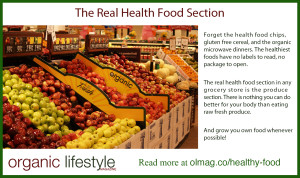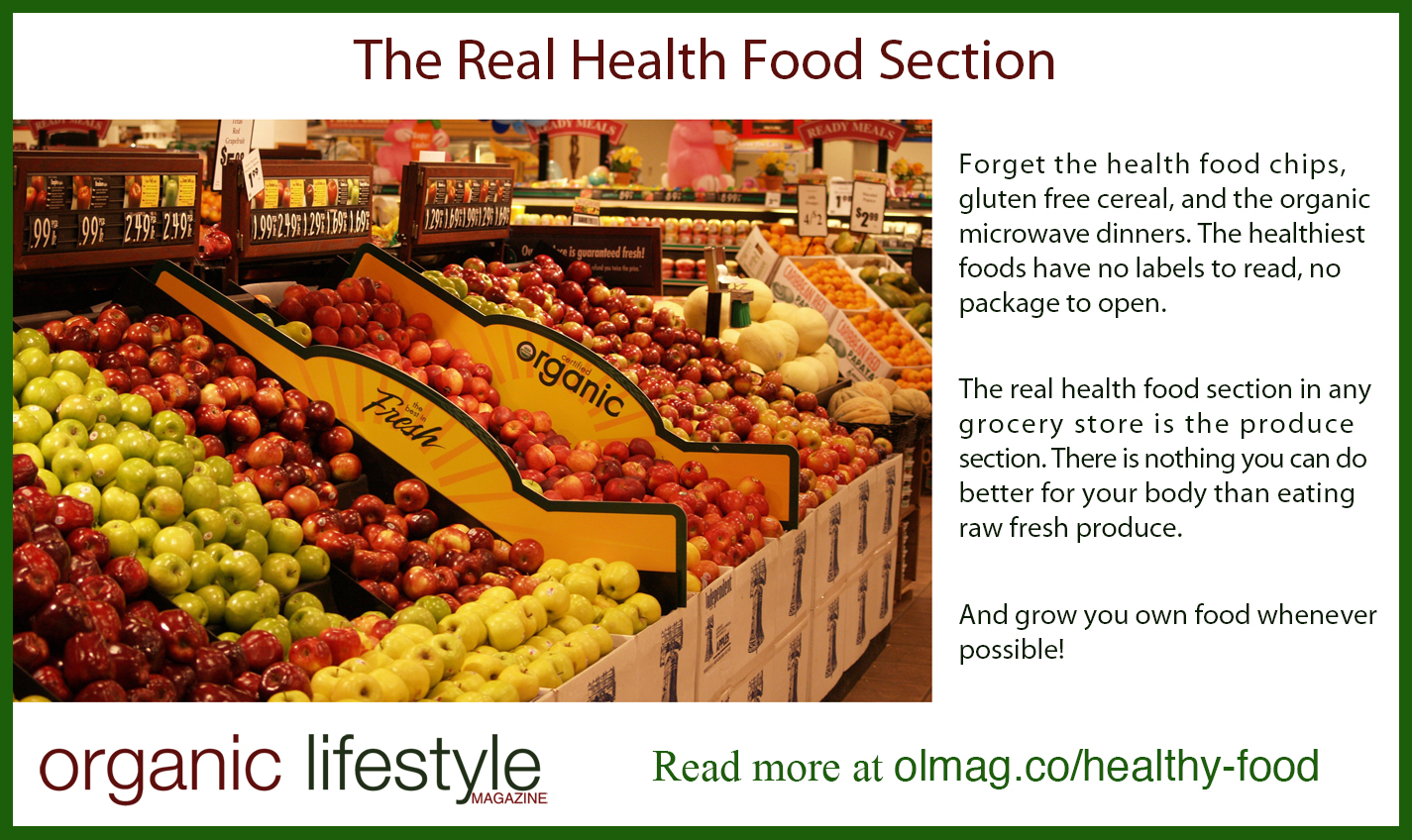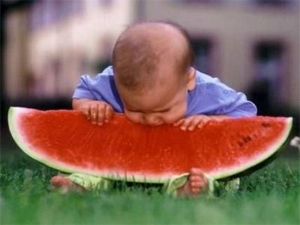Pasture Fed Lamb
Why Mary’s Little Lamb Shouldn’t be at School
We live in a country where fried chicken tenders and grilled cheese sandwiches are typical children’s meals. It’s not surprising that many people pay little attention to where their meats come from and what is in them. Are they natural, or not?
Healthy Lean Proteins Can Help Improve Your Diet
The building blocks of a healthy diet include five food groups: fruits, vegetables, grains, dairy, and protein foods. The amount of protein people should eat each day depends on their age, gender, and activity levels.
While most Americans do eat a sufficient amount of protein, the United States Department of Agriculture (USDA) points out that most people need to make more varied selections to include leaner options. Lean cuts of lamb are a healthy protein food that is often overlooked.
Lamb and other lean meats can be found at many meat markets and grocery stores, but consumers receive very little information about the protein they place in their shopping carts. Unless labeled otherwise, meat products often come from animals that were raised in feedlots and fed grains. These meats often contain traces of growth hormones, antibiotics, and other drugs that the animals received during their lifetimes.
GMO Foods: The Dangers
Feedlots are used in commercial factory farming because they allow farmers to contain more livestock in less space. The animals live in incredibly cramped, inhumane quarters, essentially living in their own waste. As a result, they frequently succumb to illness and constantly receive antibiotics. In addition, they are fed a diet that consists mainly of genetically-modified (GMO) grain, which is unnatural for both humans and animals.
A variety of commercialized GMO crops are grown in the U.S., and meats and other animal products such as eggs often come from animals that have been fed GMO foods. Anywhere from 85 to 91 percent of grain crops have been genetically modified. The reasons for genetic modification are often to increase production and reduce cost. Commercial growers can spray weed killers over the entire crop, but the weed killer is unable to kill the GMO plants. The plants that have had their DNA toyed with in the lab have been dubbed “frankenfoods” by those who are concerned about long term health of consumers.
GMOs can lead to unpredictable, hard-to-detect side effects and health risks. These include but are not limited to allergies, toxins, nutritional problems, and even new diseases that are yet to be determined.
Understanding Organic Claims
Purchasing naturally raised foods is the easiest way to avoid foods that contain genetically modified ingredients. The U.S. and Canadian governments do not allow companies to label foods and products 100% Certified Organic if they contain genetically modified foods or ingredients. Unfortunately, foods that are labeled Made with Organic Ingredients may contain up to 70% organic ingredients—which means some ingredients may not be GMO-free.
Grass-Fed, Pasture-Fed Meats: The Basics
Lamb and other meats are often labeled with stickers reading grass-fed, a USDA term that means the animal was fed nothing but grass from weaning to harvest. Pasture-raised meats come from animals that were held in pastures rather than feedlots. Meat from animals that were grass-fed and raised in local pastures are the only meats that are certain to be GMO free. There are substantial nutritional differences between meats from pasture-raised animals and those raised in feedlots.
Pasture-raised meats are comparatively:
- Lower in fat.
- Higher in protein.
- Lower in calories.
- Four times higher in vitamin E.
- Higher in beta-carotene.
- Contain two to four times the omega-3 fatty acids, which greatly lowers risk of heart problems. Eggs from pasture raised chickens have ten times the amount of commercially-raised hens.
- Contain three to five times the level of CLA, which is a potent cancer defense.
Kindness to Animals
Animals do not fear the future. They live moment by moment, experiencing life and emotion in the short term. Animals raised in feed lots suffer each moment of their lives. Everything about that existence is unnatural and frightening. When the mass butchering begins, the animals are frightened by the smell of blood and by being hustled about, not knowing what is happening. This fear results in the release of adrenaline, which causes meat to be tougher than it would if the creature died while relaxed.
When animals are raised naturally, out in the pasture, they enjoy each moment of life. Rather than standing in their own waste, they live in the outdoors with sunshine, green grass, shade trees, and fresh, clear water. When the age of processing comes, there is no feed lot to endure. Most of the smaller growers are keenly aware of each detail and do their utmost to cause little fear for the herd.
While food labels can be confusing, it’s important for us to understand what we are putting into our own bodies. Spend a few minutes learning more about the dangers of GMOs and the importance of purchasing organic products and grass-fed, pasture-fed meats. The truth will shock you.



 It is therapeutically helpful in cases of urinary tract infections. for those who cannot tolerate high sugar foods, watermelon juice can be fermented (using the same cultures and process as kefir) into a refreshingly fizzy, sugar-free drink.
It is therapeutically helpful in cases of urinary tract infections. for those who cannot tolerate high sugar foods, watermelon juice can be fermented (using the same cultures and process as kefir) into a refreshingly fizzy, sugar-free drink.